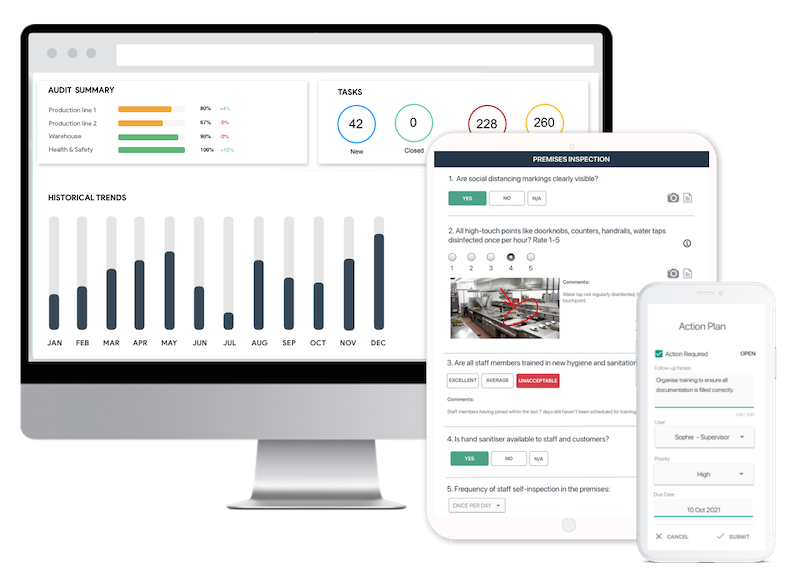Library > Healthcare
Featured Audit Templates for Healthcare Providers
You can easily customize all checklist templates using the template builder tool - simply sign up here .
Didn't find what you are looking for? Get in touch and we'll help you build your own custom template.



